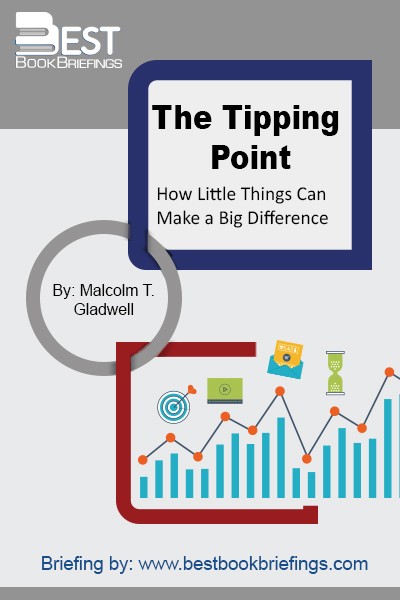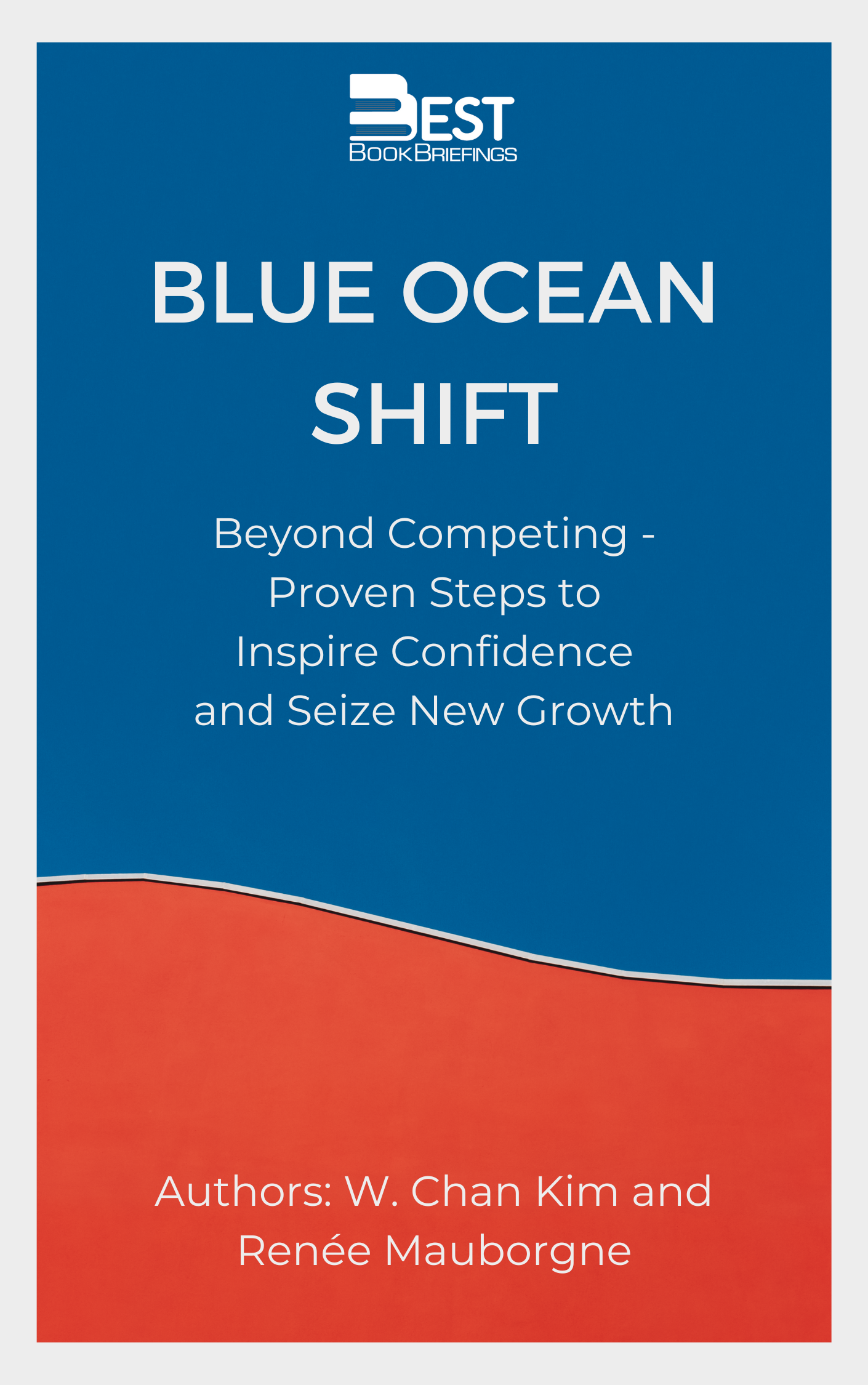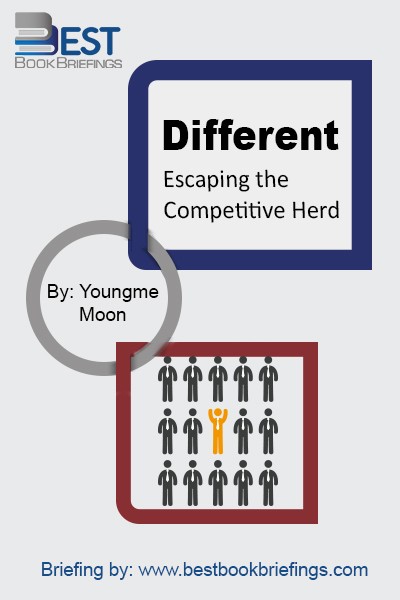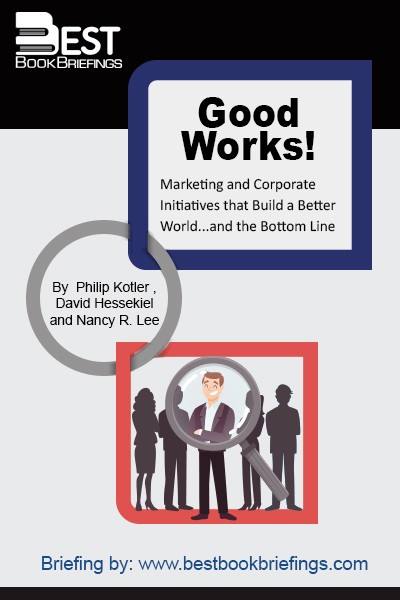Blue Ocean Strategy
How to Create Uncontested Market Space and Make the Competition Irrelevant
Number of pages: 256
Publisher: Harvard Business Review Press
BBB Library: Sales and Marketing, Corporate Success
ISBN: 9781591396192
Editorial Review
The dominant thinking of strategy work over the past 25 years has only focused on competition-based red ocean strategies. The result has been a fairly good understanding of how to compete skillfully in red oceans, with tools such as downsizing, differentiation, focus and benchmarking the competition. We rarely find any tools that help create blue oceans. Creating blue oceans has remained wishful thinking. We hope to change that by providing practical frameworks and analytical tools for the systematic pursuit and capture of blue oceans.
Book Reviews
Books on Related Topics

The tipping point is that magic moment when an idea, trend, or social behavior crosses a threshold, tips, and spreads like wildfire. Just as a single sick person can start an epidemic of the flu, so too can a small but precisely targeted push cause a fashion trend, the popularity of

If You're Not First, You're Last is about how to sell your products and services—despite the economy—and provides the reader with ways to capitalize regardless of their product, service, or idea. Grant shares his proven strategies that will allow you to not just continue to sell, but create new products, increase margins,

The dream of content marketing is that it’s going to be a magical funnel that drips money into your bank account. Its lure is that it will create an inbound sales machine. But what should you do when it doesn’t work like that? Or even at all? That’s the question that the

BLUE OCEAN SHIFT is the essential follow-up to Blue Ocean Strategy, the classic and 3.6 million copy global bestseller by world-renowned professors W. Chan Kim and Renee Mauborgne. Drawing on more than a decade of new work, Kim and Mauborgne show you how to move beyond competing, inspire your people's confidence,

Imagine that you are standing in the middle of the cereal section of your local supermarket. Your job is to select a cereal you’ve never tried before, ideally one you’ll end up enjoying. How would you go about doing it? If you happen to be someone who has eaten cereal on a

Conventional wisdom suggests that dogfights are to be expected as marketplaces mature, giving rise to the notion that there are bad industries where it is unlikely that any company can succeed. However, there are notable exceptions in which enlightened executives have changed the rules to grasp the holy grail of business:

Recent researchers argued that businesses must adopt a “shared value” mindset that seeks out and capitalizes on business opportunities to create “economic value in a way that also creates value for society by addressing its needs and challenges.” They criticize most companies for being “stuck in a social responsibility mindset in

A new market might cannibalize some of the old, but it also expands overall consumption—cars significantly hurt the makers of buggy whips, but they greatly expanded the use of transportation. If fighting competitors for share is a zero-sum game, new markets are about positive sums that create economic growth. New markets are



